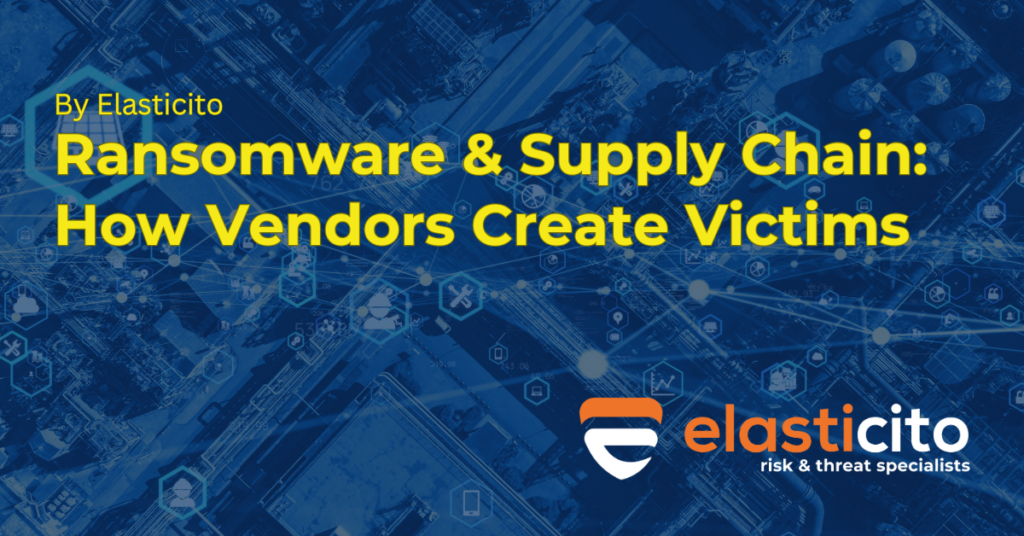Ransomware and Supply Chain: How Vendors Create Victims

Ransomware attacks are a growing menace, causing significant disruption and financial loss. In 2024, these attacks reportedly cost businesses an estimated $9.5 trillion globally. This escalating trend highlights the critical need for robust cyber security strategies. A particularly concerning aspect is the vulnerability introduced through Supply Chain product vendors, who, inadvertently or otherwise, can become a gateway for Ransomware.
The Role of Supply Chain Vendors
Supply Chain vendors are integral to modern business, providing essential software and hardware components. However, this reliance creates a potential weak link. These vendors often possess sensitive information about their client organisations, making them attractive targets for cyber criminals. A compromised vendor can provide attackers with a foothold into multiple organisations simultaneously.
Vendor-Related Risks:
Several factors can increase the risk of Ransomware attacks originating from Supply Chain vendors:
- Unpatched Vulnerabilities: Vendors failing to promptly patch security flaws in their products create opportunities for exploitation. Attackers can leverage these vulnerabilities to gain unauthorised access to client systems.
- Insecure Software Development: Poor coding practices and inadequate security testing during software development can introduce vulnerabilities, leaving products susceptible to attack.
- Vendor Security Breaches: If a vendor’s own systems are compromised, attackers can potentially access and manipulate products, injecting malicious code or exploiting existing vulnerabilities to target downstream clients.
Protecting Your Organisation:
Organisations must take proactive steps to mitigate these risks:
- Due Diligence and Vendor Selection: Thoroughly vet potential vendors, prioritising those with demonstrably robust security practices, certifications (e.g., ISO 27001) and a proactive approach to vulnerability management.
- Contractual Obligations: Include stringent security requirements in contracts with vendors, specifying expectations for secure development practices, vulnerability patching, incident response and data protection.
- Collaboration and Communication: Establish open communication channels with vendors to stay informed about potential vulnerabilities and security updates. Collaborate on security assessments and incident response plans.
- Robust Internal Security: Implement a comprehensive cyber security programme encompassing firewalls, intrusion detection/prevention systems, endpoint protection, regular security audits and employee training.
- Employee Education: Educate employees about phishing scams, suspicious emails and other attack vectors to minimise the risk of human error. Reinforce the importance of not clicking on unknown links or opening suspicious attachments.
Conclusion:
Protecting against Ransomware requires a holistic approach. While internal security measures are crucial, organisations must recognise the critical role of their Supply Chain vendors. By prioritising vendor security, fostering collaboration and implementing robust internal defences, organisations can significantly reduce their risk of becoming a Ransomware victim. Ignoring this critical link can have devastating consequences.
For more information about Ransomware and Supply Chain risks, contact the Elasticito team, who will be happy to assist.
Consider signing up for Elasticito’s groundbreaking online course “Mitigating Cyber Risks in the Supply Chain” for in-depth learning on the topic.

